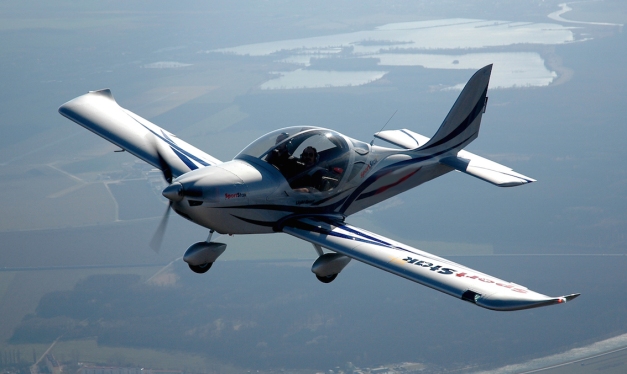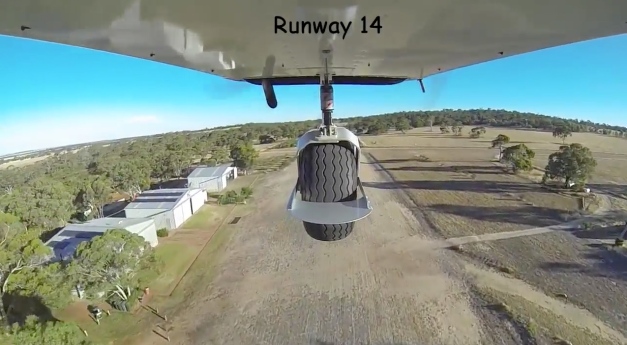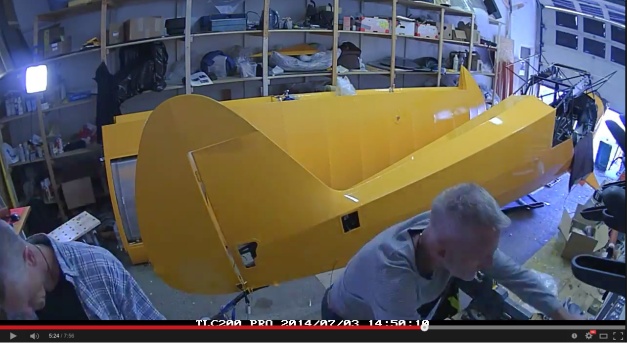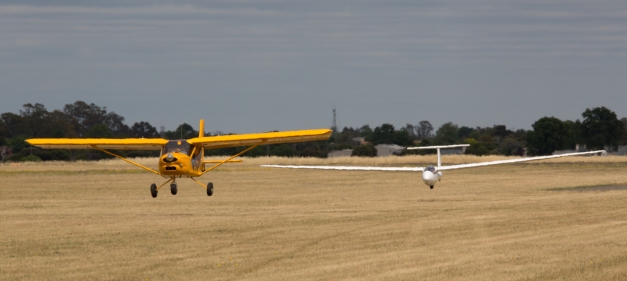 Last February [writes Roger Brown, Chairman of the the Vintage and Classic Glider Club of New Zealand] the Club was to hold its Annual Rally at Taumarunui. However due to unforeseen circumstances the tow plane that we were to be operating with ‘fell over’ less than half a day short of our rally starting. A Recreational Light Aircraft, a Foxbat, was generously offered as its replacement by the Foxbat NZ Distributor [LiteFlight Green]. The Vintage Kiwi team gratefully accepted the kind offer and thus were able to continue with the rally and have a great week’s flying.
Last February [writes Roger Brown, Chairman of the the Vintage and Classic Glider Club of New Zealand] the Club was to hold its Annual Rally at Taumarunui. However due to unforeseen circumstances the tow plane that we were to be operating with ‘fell over’ less than half a day short of our rally starting. A Recreational Light Aircraft, a Foxbat, was generously offered as its replacement by the Foxbat NZ Distributor [LiteFlight Green]. The Vintage Kiwi team gratefully accepted the kind offer and thus were able to continue with the rally and have a great week’s flying.
This is my own personal view of having used the Foxbat as a glider tug for that week and the increasing use of Recreational Light Aircraft in that role here in NZ.
General overview
In all of my years of gliding, I guess there have not been many tow planes that I have not been towed by. However they can be easily grouped into the two main aircraft types that are generally used here in NZ for towing duties as a degree of comparison with the Foxbat. I have also had a couple of tows behind a high wing Tecnam and several tows with a FK9 Recreational Light over the years so am reasonably familiar with that type of aircraft operation.
1. Piper Pawnee 235/250 hp. Designed as a working agricultural aircraft, (spraying and fertiliser), it is an aircraft that certainly has the capabilities of towing any glider required in any conditions.
2. Piper PA18a Super Cub 150/180 hp. Designed primarily as a private utility aircraft that has also been used for flight training and agricultural work, it has the capabilities of towing any glider required in most conditions.
3. The Foxbat A22 is designed as a low cost Light Recreation Aircraft, but is capable of towing a selection of gliders as required, as I see it.
T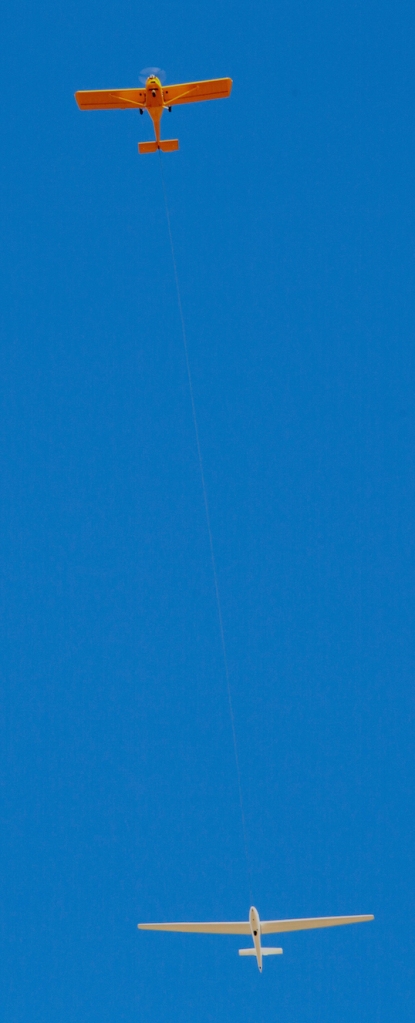 he Foxbat A22 Specification.
he Foxbat A22 Specification.
However it is interesting to look closely at the Foxbat’s specs. Because, other than its lower weight and much lower horse power, its wing loading, and speed range is not far short of a big Piper Pawnee which came as a surprise. A design envelope of +4 -2 g would certainly give some confidence. Place into that equation a max cross wind component of 14 knots, a cruise duration of 6.25 hrs plus reserve, a VNE of 120 knots running on 95 mogas and with a 100hp Rotax combined air / liquid cooled engine and you do have a very handy two-seater light weight aircraft indeed. With an impressive fuel economy which would certainly be one of its big selling points along with an engine life of 2000 hrs TBO, with an achievable initial outlay cost, a Recreation Light aircraft has to be a very tidy package indeed as far as any gliding club treasurer is concerned.
But like the Pawnee and the Cub, it also an aircraft that was not specifically designed to go towing gliders, but it can, and does, and like any towing aircraft, will perform well as long as it tows within its own performance parameters.
Actual Operations at the Vintage Kiwi Rally.
The Vintage Kiwi Rally at Taumarunui attracted some 14 sailplanes including an ASK 21 and a Grob Twin Astir MK3. Other than three pilots who had towed behind a Recreational Light Aircraft before, the rest were flying a little in to the unknown. We used the shorter towrope that came with the aircraft that was successfully used launching at the Drury Champs a couple of weeks beforehand. This worked very well and allowed the Foxbat to easily climb out at 400 – 500 ft per min rate of climb. Obviously with only 100hp on hand there were no real margins to play with in this towing environment, as Taumarunui airfield is surrounded by hills and very high country, so very accurate flying was required by all. Reminded me very much of towing behind a Tiger Moth, same overall skill set applies – accuracy. There was really was no wind for the whole week (only when a thermal came through) and the ground temperature was some 28 – 30 Degrees C – very warm.
The Foxbat was utterly reliable and performed very well. Overall it did a total of 48 launches. On one day it did some 14 launches. We were able to launch the ASK21 with two POB, but felt more comfortable with launching the Twin Astir with only one aboard which is where it was felt the Foxbat’s limit was, with this operation, from this airfield, in these hot arid conditions. However, that decision may well have been changed if this combo were flying from a flat and more benign area, such as Matamata as an example.
However, we did have one ‘upset’ at 600ft and one aborted take-off to be fair. The ‘upset was caused by a very powerful King Country thermal that tossed the Foxbat badly off line. The glider pilot released straight away – problem solved. The aborted take-off was caused by low acceleration and a bad wing runner. The glider released – problem solved once again. However after a slightly different approach to the operation by the tow pilot and wing runner, there were no further issues and every one continued to be launched behind the Foxbat absolutely trouble free. I am told that the visibility from the Foxbat is apparently awesome, especially on its way down after release, when one can initiate a very steep descent profile because the engine remains at a constant temperature (no air cooled potential spiking issues here).
[Click here to view a short video about the Foxbat glider towing at the Gliding Club of Victoria, Benalla Airport.]
The Big Question that I have always asked myself is, “Can a Recreational Light Aircraft fit into the NZ Gliding Club scene as a ‘stand-alone’ club work horse?”
For me, the jury is still out – I have to say mainly due to my still limited overall exposure to operating with such an aircraft. However as far as the Vintage and Classic Glider Club were concerned, it did perform very well with the range of gliders that turned up for that week, and slotted into our operations like a ‘pro’. However we were operating in very good pristine conditions. How a Recreation Light would have performed with a descent gusty cross wind, and with some real wind bouncing off the many hills that surround the airfield I am not sure.
Ho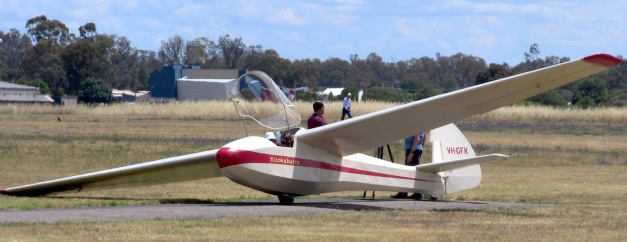 wever, a club such as Aviation Sports based at the Whenuapai Air force base in Auckland, who have operated a FK9 for a few years now would be far better placed to comment. The Taranaki Gliding Club at Stratford is another club to have gone down the Recreational Light direction having just unpacked their new Eurofox Recreational Light to take over from their big Pawnee, which has now been retired. It should be flying shortly.
wever, a club such as Aviation Sports based at the Whenuapai Air force base in Auckland, who have operated a FK9 for a few years now would be far better placed to comment. The Taranaki Gliding Club at Stratford is another club to have gone down the Recreational Light direction having just unpacked their new Eurofox Recreational Light to take over from their big Pawnee, which has now been retired. It should be flying shortly.
The Canterbury Gliding Club has also recently received their new Recreational Light to supplement their operation I understand. So there is defiantly a move into that direction and the next 12/24 months or so will more truly reflect on their towing abilities, as well as their true maintenance and operating costs as the towing hours and cycles start to build up.
However for a small – low hour – club it could also turn out to be the actual saving of such a club just in the sheer economics of operating such a tow plane, all things considered. For a bigger club it would certainly price average their launching and operating costs for their members to benefit from.
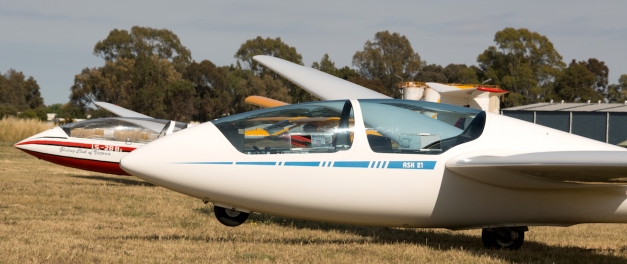 Service life span as a tow plane? Who knows, but really who would have thought that clubs would still be operating tow planes that date back to the 1960’s and are still towing with them some 54 years later. I certainly would not have put money on that one, I have to say.
Service life span as a tow plane? Who knows, but really who would have thought that clubs would still be operating tow planes that date back to the 1960’s and are still towing with them some 54 years later. I certainly would not have put money on that one, I have to say.
The Vintage and Classic Glider Club of NZ Inc. wishes to thank Ian Williams, and Jim Lyver for bringing the Foxbat down all the way from Mercer and to tow for us. And of course to Doug King, the owner and NZ Distributor for the Foxbat for allowing a group of people whom he had never really met before, to commandeer his aircraft so as to have a wonderful weeks’ – ‘boys with their toys’ – gliding in the heart of the King Country and its amazing soaring areas. We were truly grateful for your support.
Roger Brown, Chairman, The Vintage and Classic Glider Club of NZ Inc.
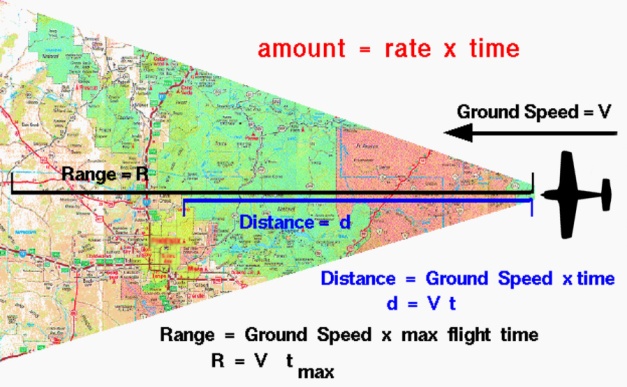 After weight, speed and range are two important aspects of specification to consider.
After weight, speed and range are two important aspects of specification to consider.

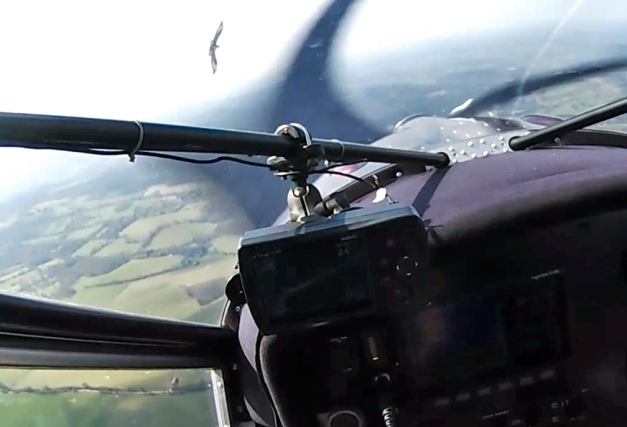


 he Foxbat A22 Specification.
he Foxbat A22 Specification. wever, a club such as Aviation Sports based at the Whenuapai Air force base in Auckland, who have operated a FK9 for a few years now would be far better placed to comment. The Taranaki Gliding Club at Stratford is another club to have gone down the Recreational Light direction having just unpacked their new Eurofox Recreational Light to take over from their big Pawnee, which has now been retired. It should be flying shortly.
wever, a club such as Aviation Sports based at the Whenuapai Air force base in Auckland, who have operated a FK9 for a few years now would be far better placed to comment. The Taranaki Gliding Club at Stratford is another club to have gone down the Recreational Light direction having just unpacked their new Eurofox Recreational Light to take over from their big Pawnee, which has now been retired. It should be flying shortly.
